Visited on: Saturday 28 – Sunday 29 December 2019
A few days into our Christmas trip to Miami, we decided to drive down the Florida Keys to Key West, the southernmost town in the USA. My sister and her family were keen to show us the area, having enjoyed a previous holiday at the resort of Duck Key, about half way down the Keys. It was a formidably long drive from our hotel to Key West and back – a round trip of over 250 miles – but my brother-in-law enjoyed driving and it was a relatively straightforward journey along US Highway 1.
We set off early in the morning, heading south across the flat, barren expanse of the Southern Glades. As we approached the coast, the road was bordered by vast wetlands dotted with herons and egrets, and I even caught a glimpse of some roseate spoonbills with their spectacular pink plumage. We hit heavy traffic on the high-level Jewfish Creek Bridge, but the congestion cleared as soon as we descended on to the island of Key Largo, where the highway swung towards the southwest for the 100-mile journey down the narrow ribbon of coral islands which form the Keys.
Key Largo itself was a bit of a disappointment: a long, straight dual carriageway bordered by trees and marching telegraph poles, the monotony relieved only by the occasional motel or roadside convenience store, with not so much as a glimpse of the sea. It was difficult to believe that we were on a spindly coral island just 4 metres above sea level. It wasn’t until Windley Key, about 20 miles further on, that we got our first glimpse of the sea along one of the narrow straits separating the islands. From then on, the gaps between islands became longer and more frequent, culminating in the spectacular Seven Mile Bridge connecting Knight’s Key and Little Duck Key.
Cruising along the endless concrete bridges, we were treated to wide views of the blue sea on both sides of the road. Pelicans and cormorants skimmed over the water, while countless ospreys and belted kingfishers surveyed the scene from the tops of the pylons.
It was nearly midday when we arrived at Key West, and after the long journey I was impatient to get out of the car and explore the town. We parked in a side street near the centre of town, just a short walk from the bustling main thoroughfare, Duval Street, with its old-fashioned shops and eateries. Unlike the nondescript, sprawling settlements we had passed through on the way, Key West was a compact place with the character of an old colonial-era town. The central grid of streets was lined with handsome wooden villas, many of them in the American form of Victorian Gothic known as “Queen Anne” style, set among lush gardens and rows of palm trees.
Although it is indeed the westernmost inhabited island in the Keys, the name “Key West” is actually a corruption of the Spanish “Cayo Hueso” (“Bone Islet”), the name given to it by Juan Ponce de León, the first European explorer to discover the island, in 1513. During the 18th and early 19th centuries, the Florida Keys belonged at various times to Spain and Britain and were largely uninhabited, but shortly after the United States took possession of Florida in 1821, the island of Key West was sold to a businessman called John Simonton, who initiated the development of the town and its naval base.
The oldest house in Key West dates from 1829, but the majority of buildings in the old town were constructed between 1886, when a disastrous fire ripped through the town, and 1912. About 3,000 wooden buildings survive from this period, reflecting the wealth created by the town’s cigar-making, salt and fishing industries, and above all the highly lucrative shipwreck salvaging business. By the end of the 19th century, improvements in sea navigation, the construction of new lighthouses and the replacement of sailing ships with steamships led to dramatic reduction in shipwrecks and the collapse of the salvaging industry. It is probably thanks to the decline in Key West’s economic fortunes in the early 20th century that these beautiful old houses have escaped the developer’s wrecking ball.
We ambled up Duval Street to Mallory Square on the waterfront, where an enormous cruise liner was moored. There are several interesting historic landmarks around the square, including the town’s oldest brick building, the old Coast Guard Station, constructed in 1856-61.
Nearby there is an unusual memorial garden containing bronze busts of 36 of the most influential men and women in Key West’s history, all sculpted by James Mastin. I must admit that I only recognised the names of a few of the people represented – the playwright Tennessee Williams, the novelist Ernest Hemingway and President Harry S. Truman – but the sculpture garden was nevertheless an interesting place to explore and a peaceful oasis away from the crowds.
The centrepiece of the garden, also designed by James Mastin, is a monument to the wreckers who played such a central part in Key West’s prosperity. In England (especially in Cornwall), wreckers are associated with stories of local people luring ships on to rocks with false lights in order to plunder them, but in Key West, wrecking was a highly organised and regulated industry, demanding great stamina and bravery on the part of the men involved. In addition to following strict rules governing the salvaging of cargo, wreckers were obliged to rescue any stranded passengers or crew, as demonstrated by the small child clinging to the shoulders of one of the men in Mastin’s sculpture.
Captivated by the vibrancy of the town and the brilliant tropical sunshine, I was keen to continue exploring, but my family wanted lunch, so we headed back to Duval Street to look for a restaurant. My brother-in-law went off in search of a shop selling key lime pie, a delicacy associated in many people’s minds with Key West, although there is much debate as to whether it originated there. We eventually found a quiet restaurant and sat down indoors where we were rapidly served enormous portions of food, far too much for my modest appetite. Not being very hungry, after a light meal I made my excuses and went off on my own to look around the town.
A few blocks away, I came across this huge kapok tree which stands on the lawn in front of the city’s court house in Whitehead Street. The kapok is native to Mexico, Central America and the Caribbean, and its seed pods contain cotton-like fibres which are widely used in pillows, cuddly toys and insulation. The impressive buttress roots are an adaptation enabling these very tall trees to stay upright in the shallow, nutrient-poor soil of the tropical rainforests.
Another unusual sight is Key West’s lighthouse, which stands quite a long way inland from the coast in the garden of a leafy residential area. It was originally built in 1847 to replace an earlier lighthouse which had been destroyed by a hurricane, but was raised to a height of 26 metres in 1894 to lift the light above the surrounding trees which had grown up since its original construction.
At the bottom of Whitehead Street is a large concrete buoy, erected in 1983, which supposedly marks the southernmost point in the USA. It was inevitably attracting vast numbers of selfie-takers, who had formed an orderly queue stretching for hundreds of yards along the pavement.
A cursory glance at a map shows that this isn’t in fact the southernmost point in the continental USA: the US Naval base in the south-west corner of Key West extends further south and there is another inhabited island, Ballast Key, which lies even further to the south. The distance from the buoy to the nearest point in Cuba is actually 94 miles.
I rejoined my family at the bottom of Duval Street and we headed for the nearby beach, which proclaims itself as the southernmost beach in the United States, to let the kids have a quick paddle in the ocean. The tiny sliver of beach was crowded with sun-loungers and hemmed in by a concrete jetty at one end and a hotel complex at the other, but it was a pleasant spot to spend half an hour relaxing on the palm tree-studded shore of the vast Atlantic Ocean.
Time was marching on, and we wanted to break the long journey back to Florida City by stopping at one of the various state parks along Highway 1 well before dusk, so we walked back to the car and set off along the wide concrete road over the sprawling archipelago of pancake-flat, mangrove-cloaked islands. Our chosen stop-off was Bahia Honda State Park, about 35 miles east of Key West, where a derelict railway bridge connects the neighbouring islands of Spanish Harbor Key and Bahia Honda at an angle from the present highway.
The origins of terrestrial transportation along the Keys go back to 1905, when work began on the Overseas Railroad, often referred to as “Flagler’s Folly” in reference to the excessive engineering feats and expenditure involved in the construction project. The industrialist Henry Flagler, who had already overseen various large-scale infrastructure projects along the Atlantic coast of Florida, recognised the huge economic potential in extending the railway network from Miami down to Key West, which as a deep-water port provided excellent access to Cuba, Latin America, and through the Panama Canal to the western United States.
The Overseas Railroad entered service in 1912, but disaster struck on Labor Day, 2 September 1935, when an enormous hurricane washed away over 40 miles of track, as well as killing over 400 people and devastating much of Long Key and Islamorada. Lacking the funds to rebuild the railroad, the bankrupt railway company sold what was left of the infrastructure to the State of Florida, which converted it into a highway. A property boom in the 1920s had already led to the construction of roads parallel to the railway along two sections of the Keys, but motorists had to rely on a ferry service to cross a 41-mile stretch of the central Keys until the conversion of the railroad was completed in 1938. The highway was substantially rebuilt in the 1970s and 80s, and the disused steel truss bridge at Bahia Honda fell into disrepair. A couple of sections have since been removed for safety reasons.
The State Park is a busy spot, with beaches, picnic areas, campsites, a boating marina and a visitors’ centre. The rest of the family headed straight for the beach to go for a swim in the sheltered bay, where my sister had a close encounter with a stingray. I headed off to explore the trails leading up to the disused railway bridge and to look for wading birds along the wrackline. There were lots of turnstones foraging among the seaweed and I spotted a willet probing in the mud of the bay, but the most impressive sight was without doubt this handsome brown pelican which was gliding proudly through the entrance to the marina.
By now, the late afternoon sunshine was beginning to cast long shadows, so we headed back to the car, still having most of the journey ahead of us. At Duck Key, we made a quick detour to look at the resort where my sister’s family had stayed previously, and to watch the orange sun sinking into the low clouds on the horizon, before rejoining the highway under the darkening sky.
The next day, my family planned to spend the day a huge shopping mall near Miami. Having no interest in shopping, I decided instead to catch the bus to Key Largo to visit the John Pennekamp Coral Reef State Park. Public transport in Florida is extremely limited away from the inner cities, and the infrequent bus service to Key Largo seemed quite primitive compared to the buses I had used in the San Francisco and Seattle areas; the timetables were erratic, and the drivers didn’t issue change or proper tickets. The bus made a lengthy circuit around the more deprived suburbs of Homestead, making me feel rather out of place as an obvious tourist and the only non-African-American passenger on board. Eventually, the bus arrived back at Florida City where it had started and began the long drive southwards across the scrublands of the Southern Glades.
Unfortunately, the weather was nowhere near as fine as it had been the previous day, and by the time I arrived at the John Pennekamp State Park, hazy sunshine had turned to grey cloud. A sudden heavy shower forced me to make a beeline for the visitors’ centre, which houses an aquarium full of exotic-looking corals and brightly-coloured fish, all native to the coral reefs which lie beneath the waters around the Keys.
I thought about going on one of the flat-bottom boat tours of the reef, but by the time I had joined the queue for the next tour it was fully booked, so I decided to explore the footpaths around the park instead. Unfortunately, the trails were mostly through woodland or dense mangroves, with limited access to the shoreline, and there wasn’t a huge amount of wildlife to see, in spite of the signs everywhere warning of the dangers of crocodilians. There were reports of manatees around one of the jetties, but I wasn’t lucky enough to see one. The most interesting sight was probably a pair of red-bellied woodpeckers in a large clearing in the tropical hammock, which was once part of a farm owned by a Mr H. J. Shaw, who grew key limes, oranges and other citrus trees there.
By mid-afternoon, I started to get quite agitated about catching the bus back to Florida City. I hadn’t memorised the times of the extremely infrequent buses, and there was no obvious bus stop along the dual carriageway outside the park. I walked a mile or so along the highway, looking for a suitable place to stand and hail the bus and keeping a constant eye on the speeding traffic for an approaching bus. It must have been over an hour before the next bus arrived, but I managed to attract the attention of the driver and the bus immediately pulled to the side of the road. I was back at the hotel within three quarters of an hour, at about the same time as my family returned from their shopping trip. It had been a bit of a disappointing day, having missed out on the glass-bottomed boat trip and the chance to see manatees, but I was glad not to have spent the whole day trawling around clothes shops.
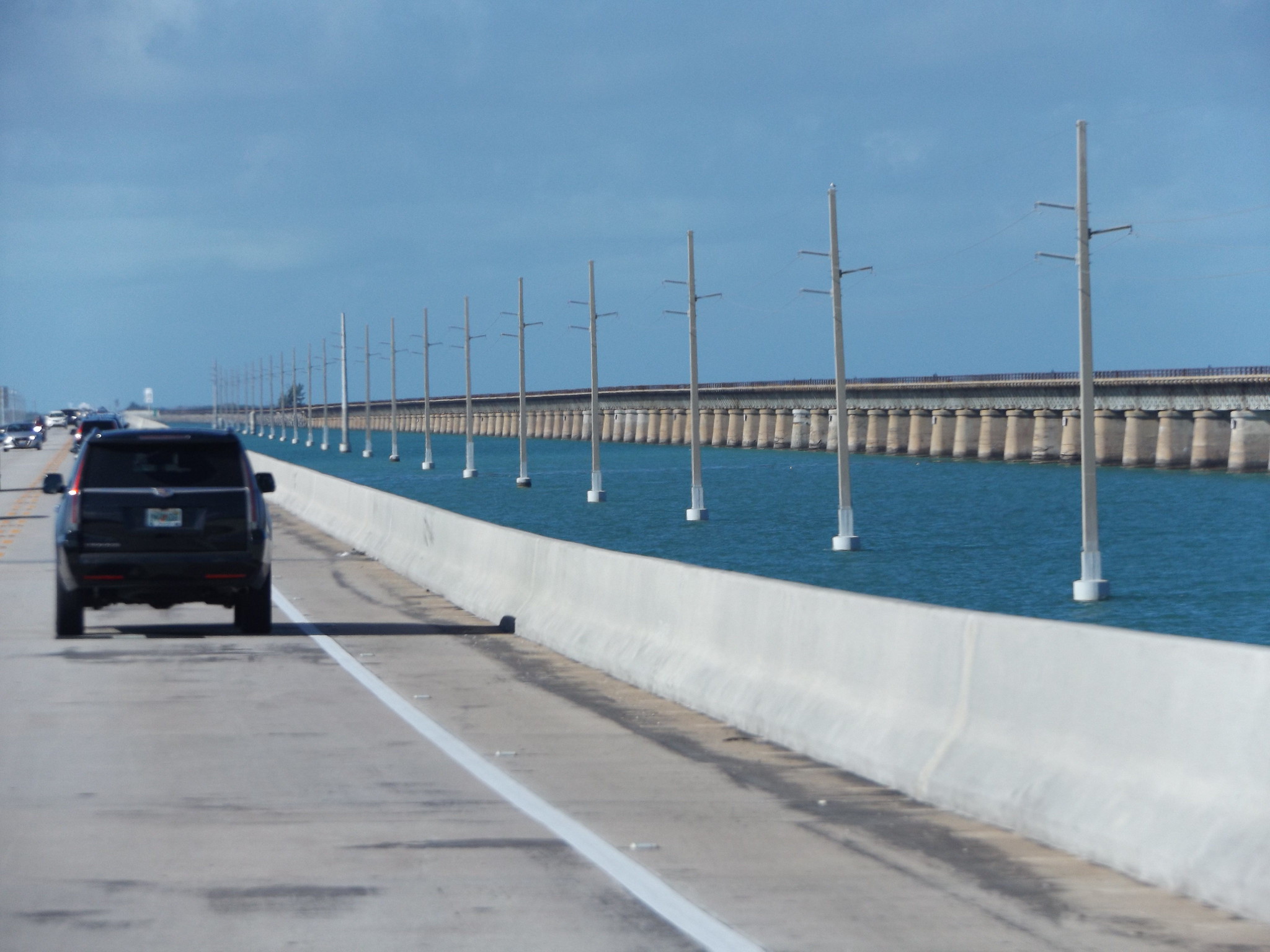
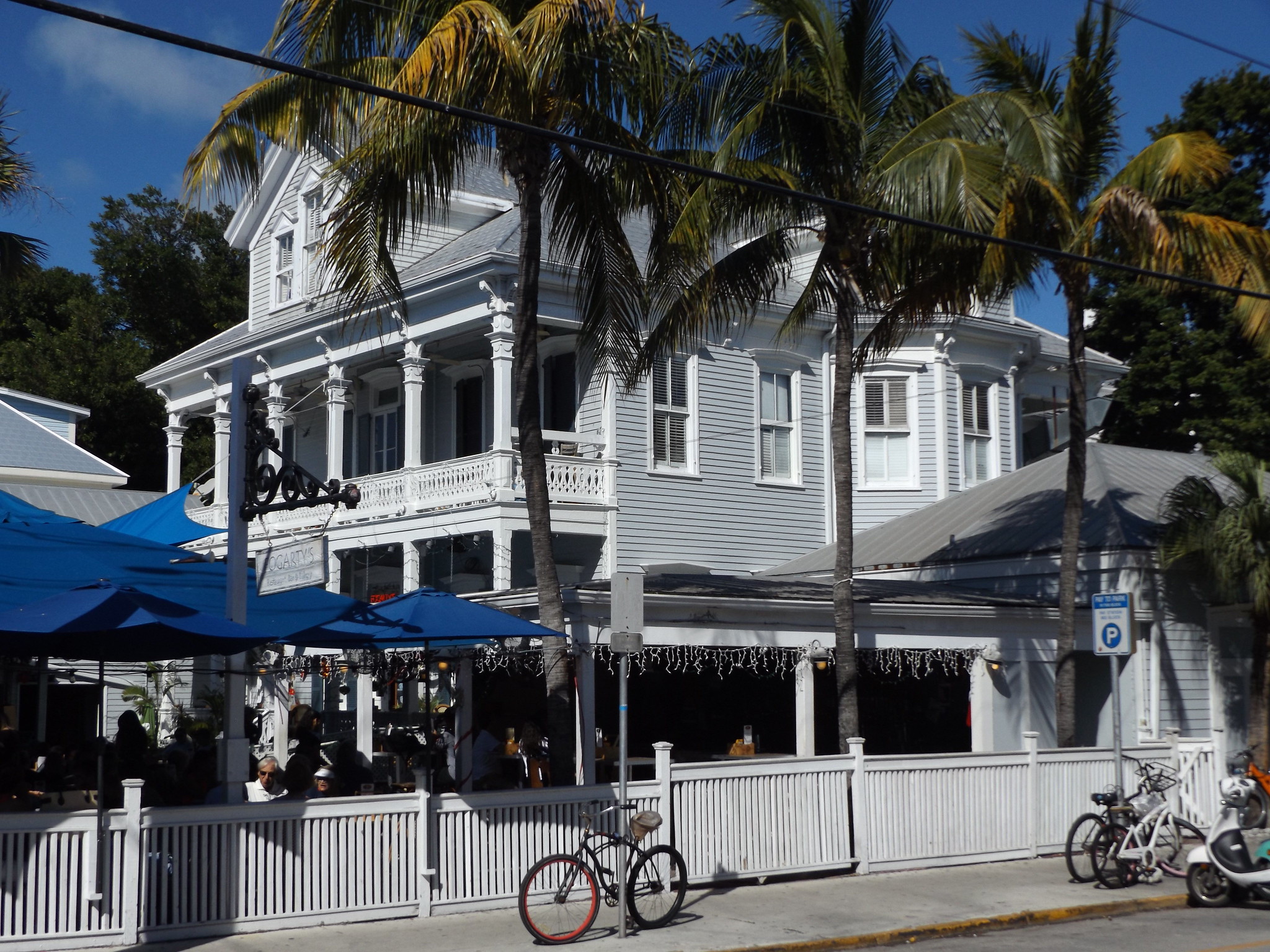
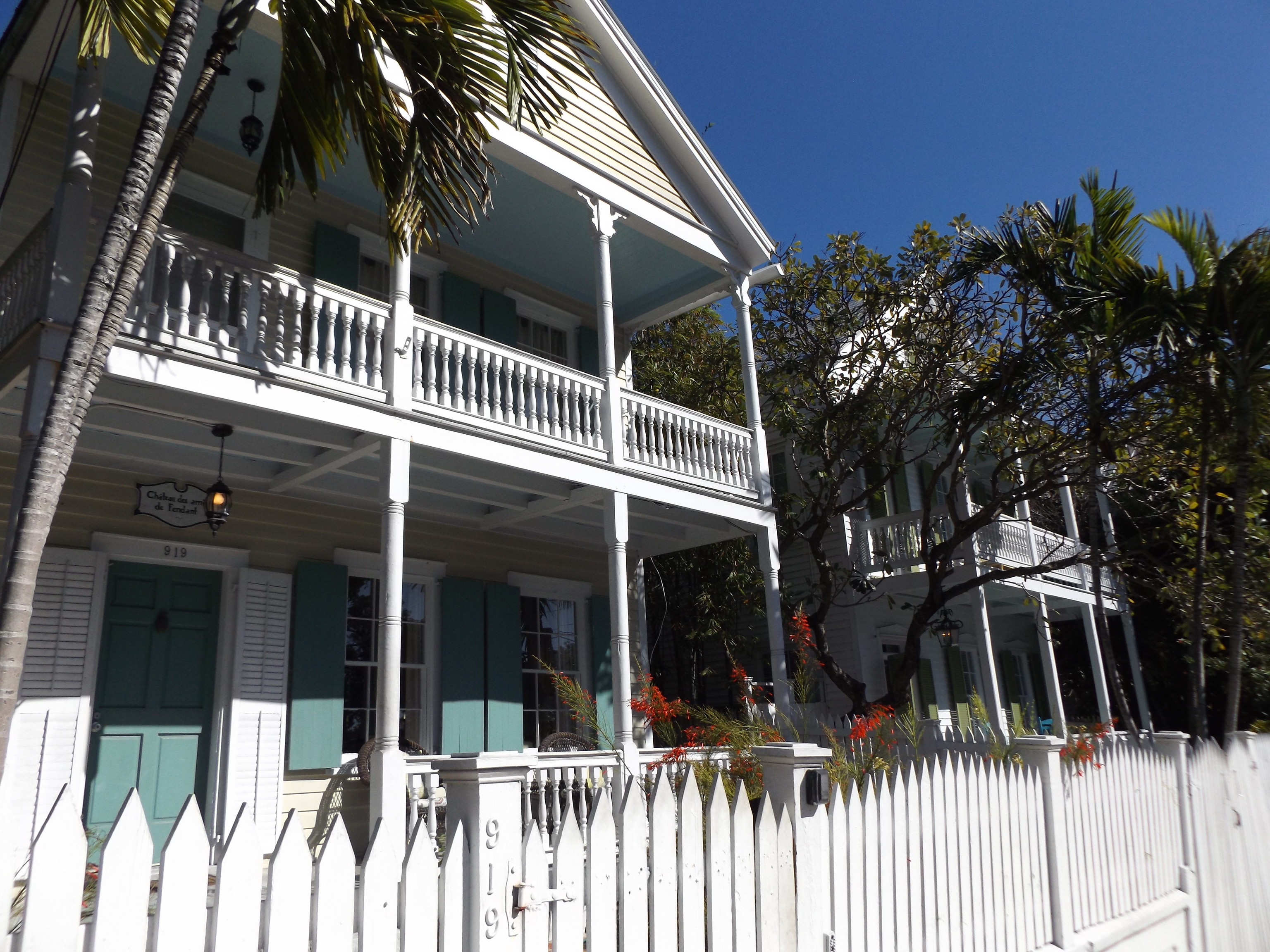

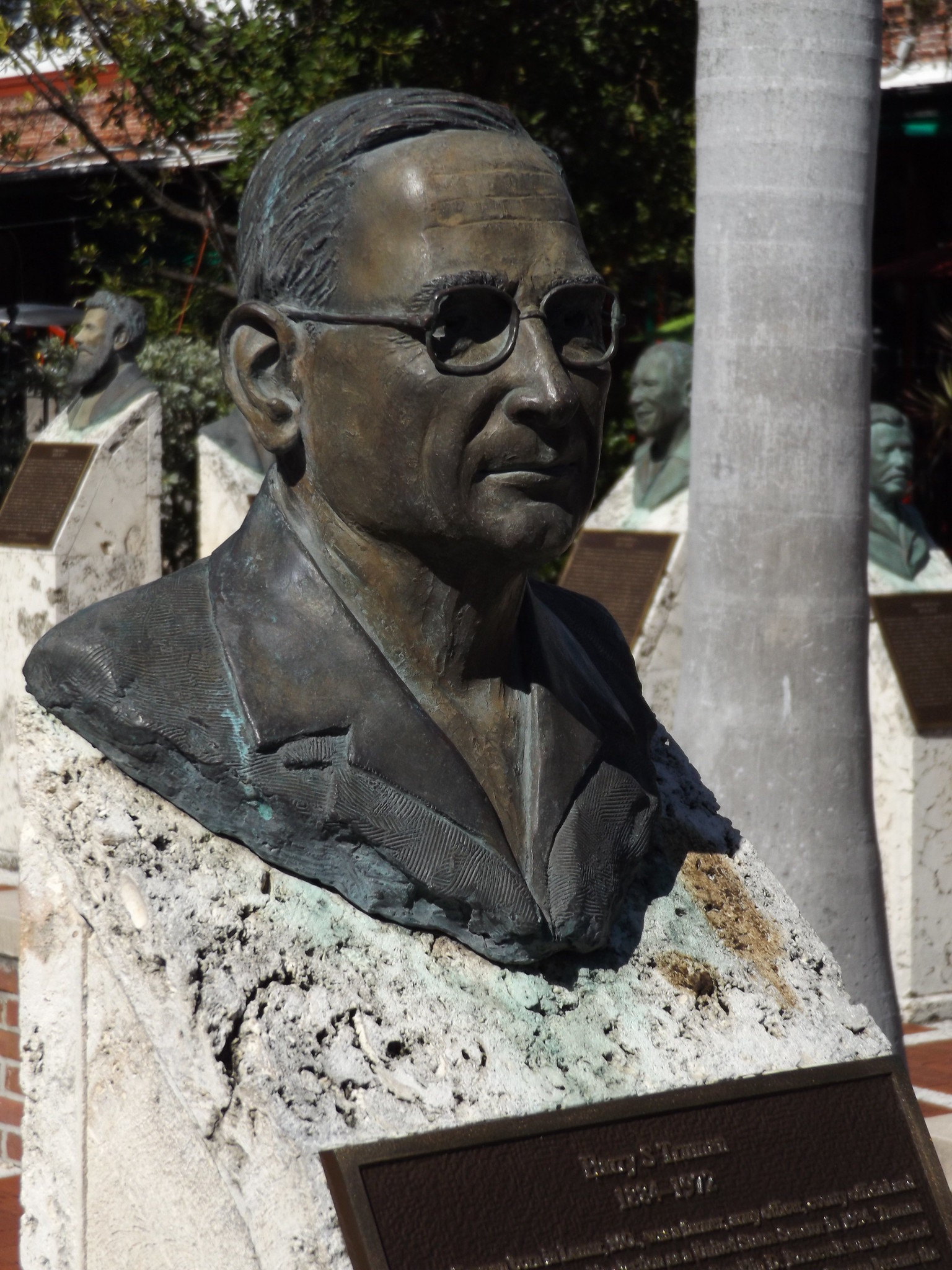
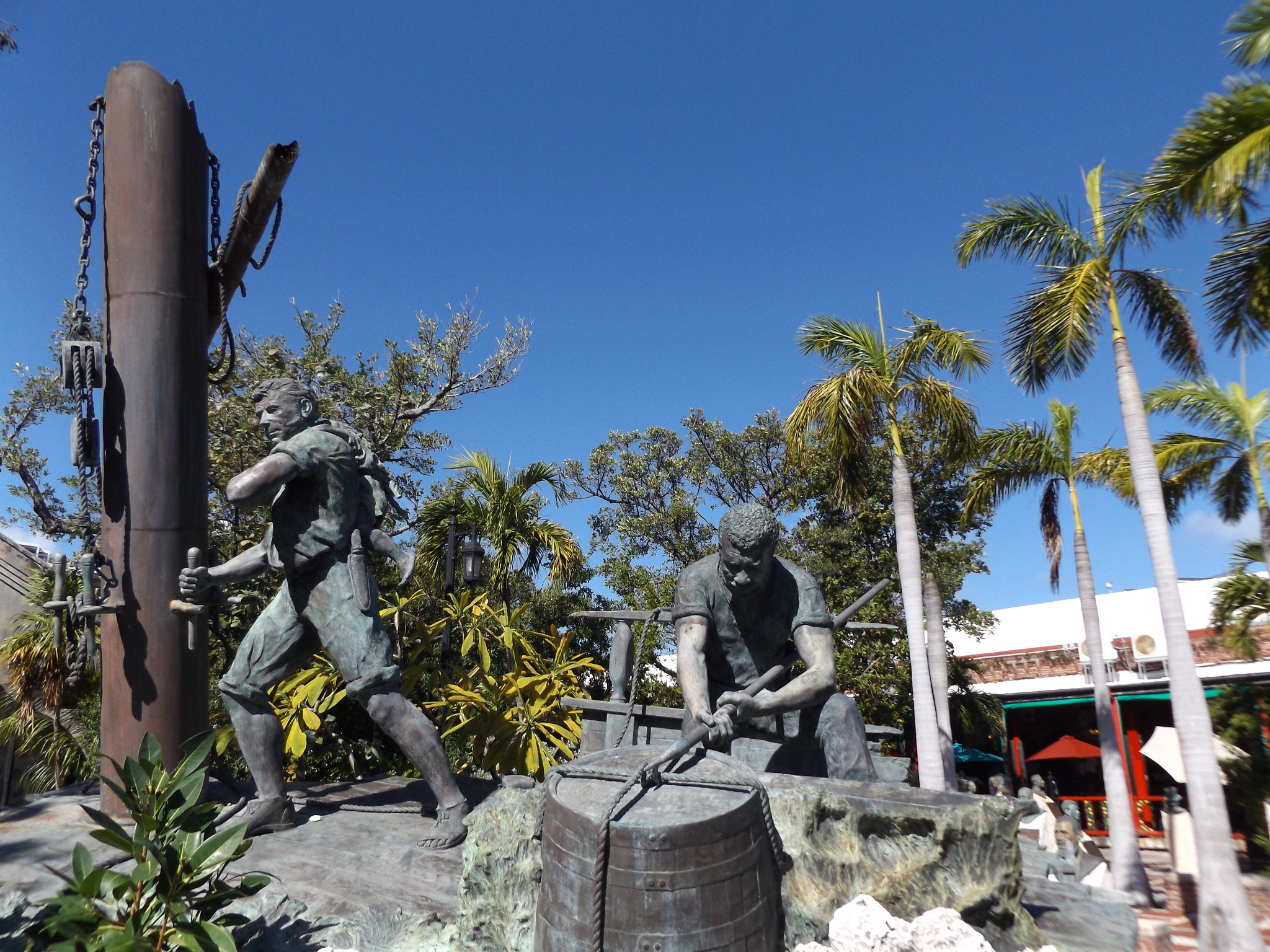

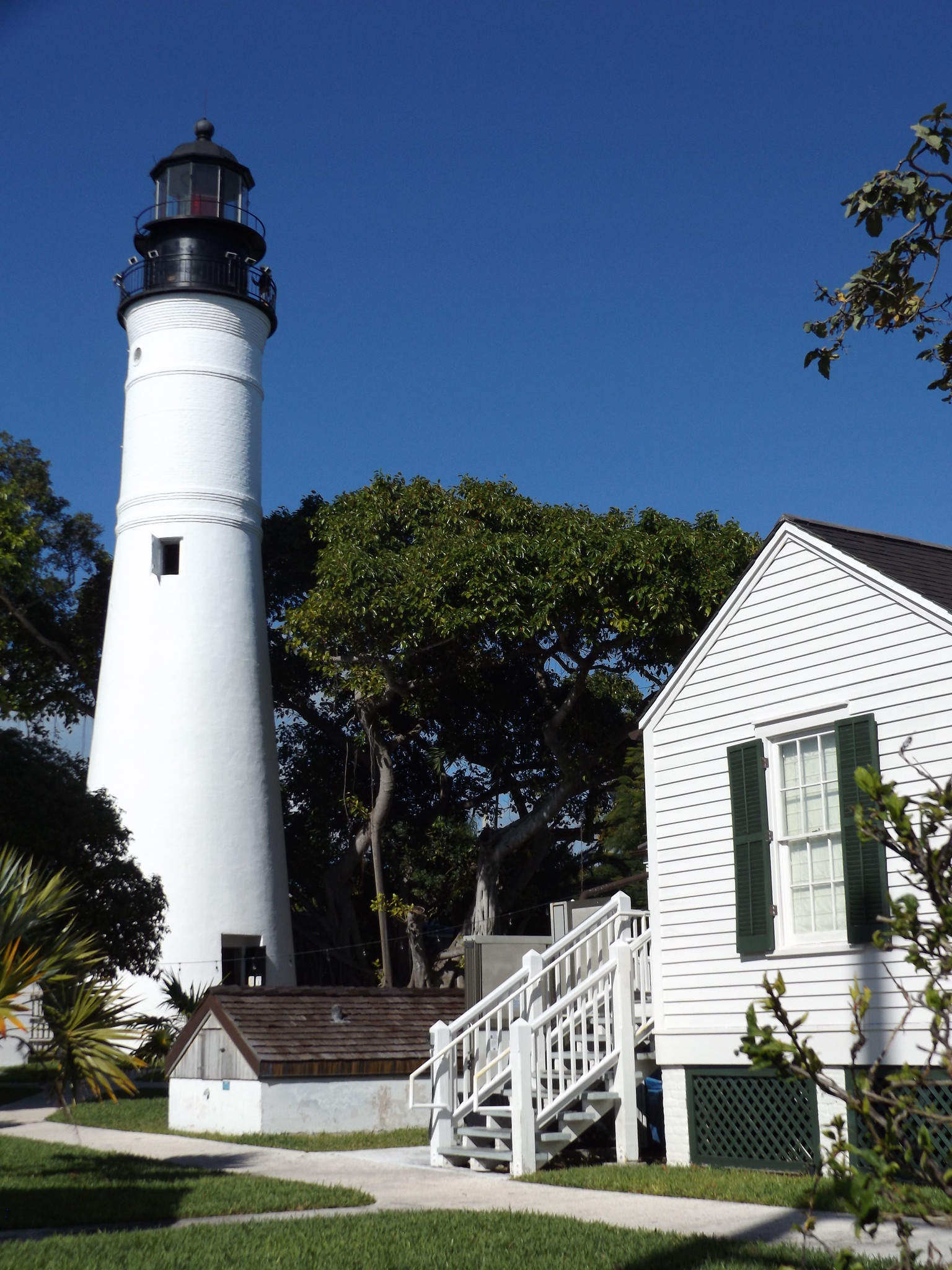
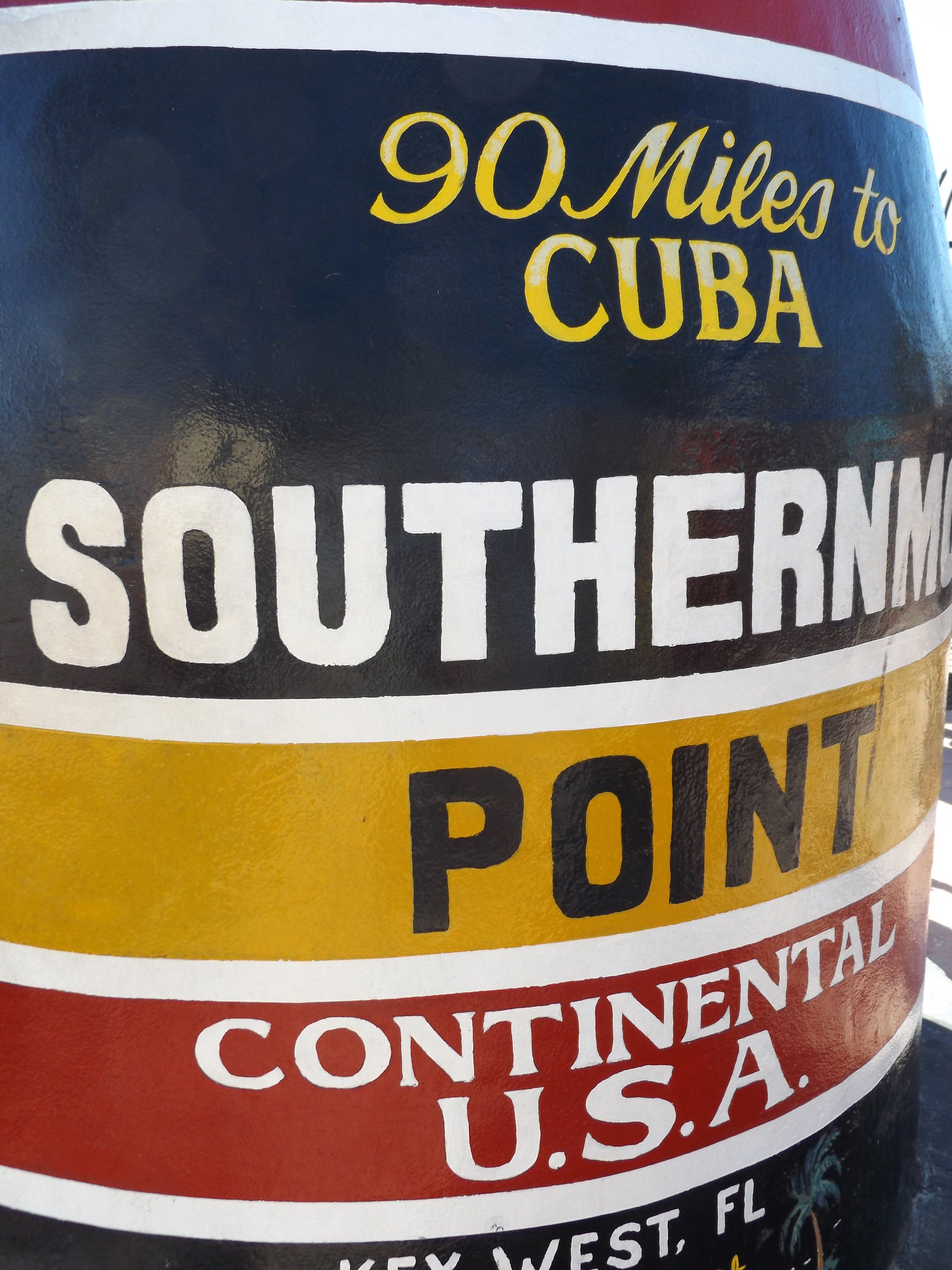
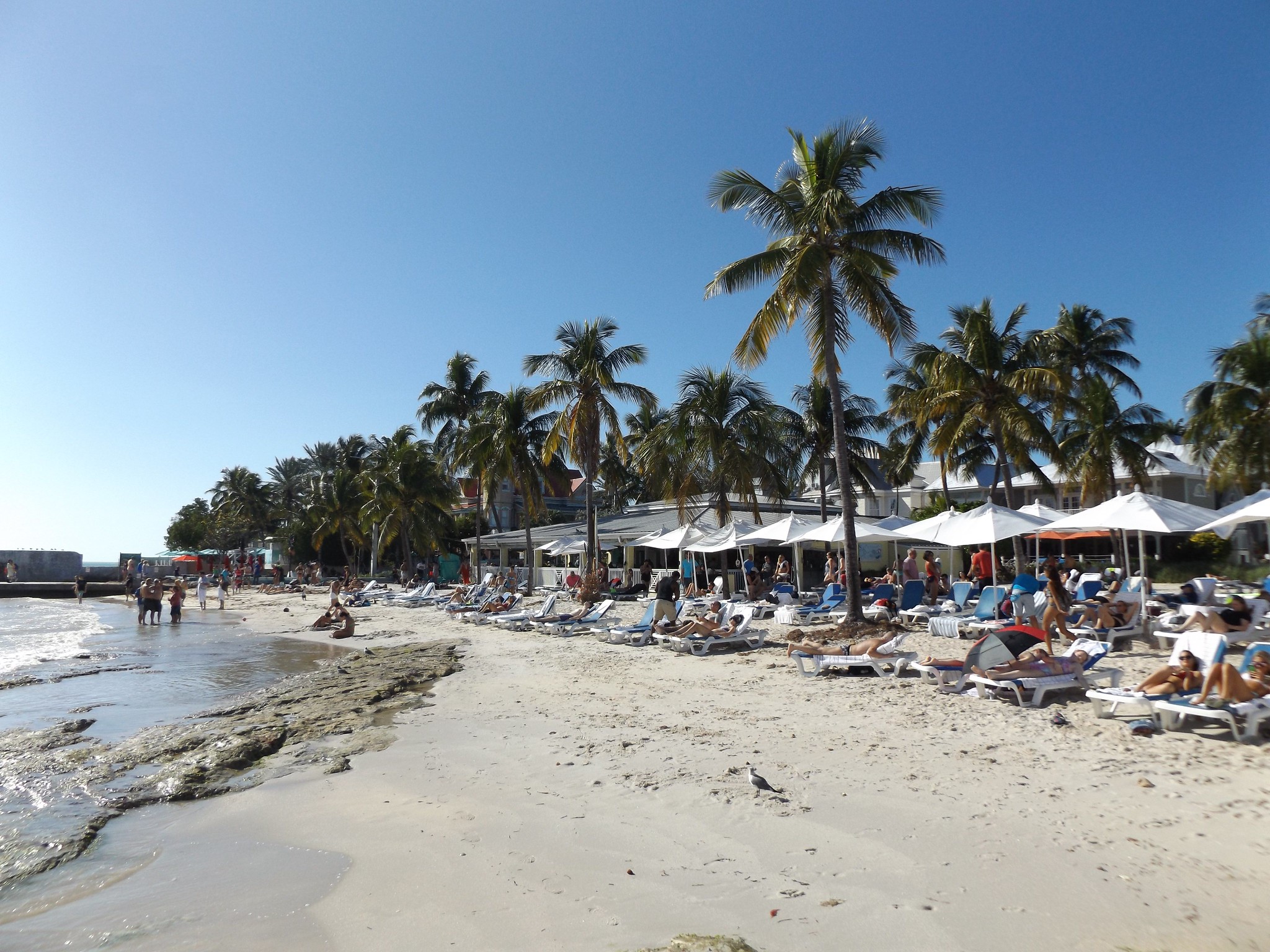
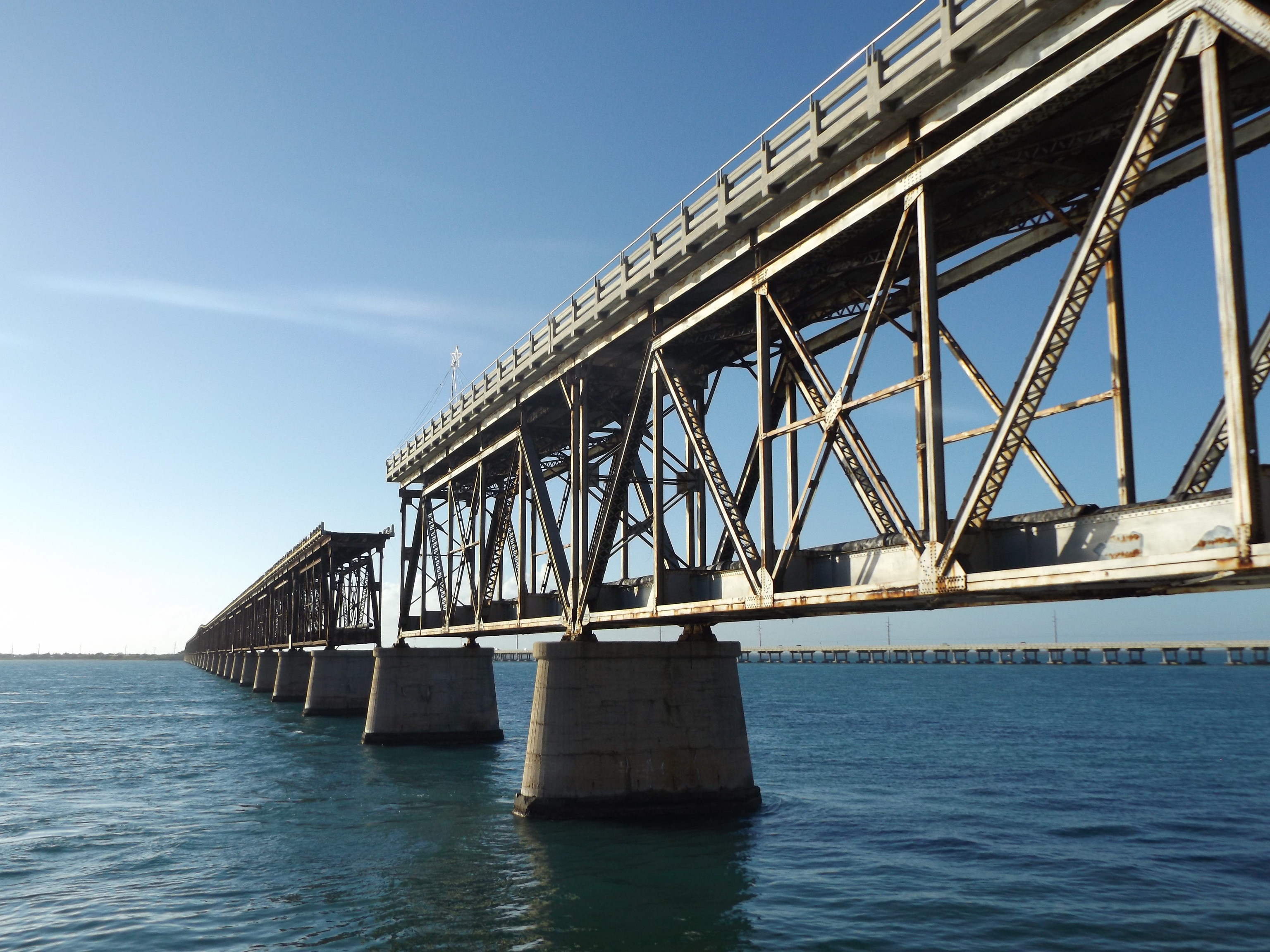

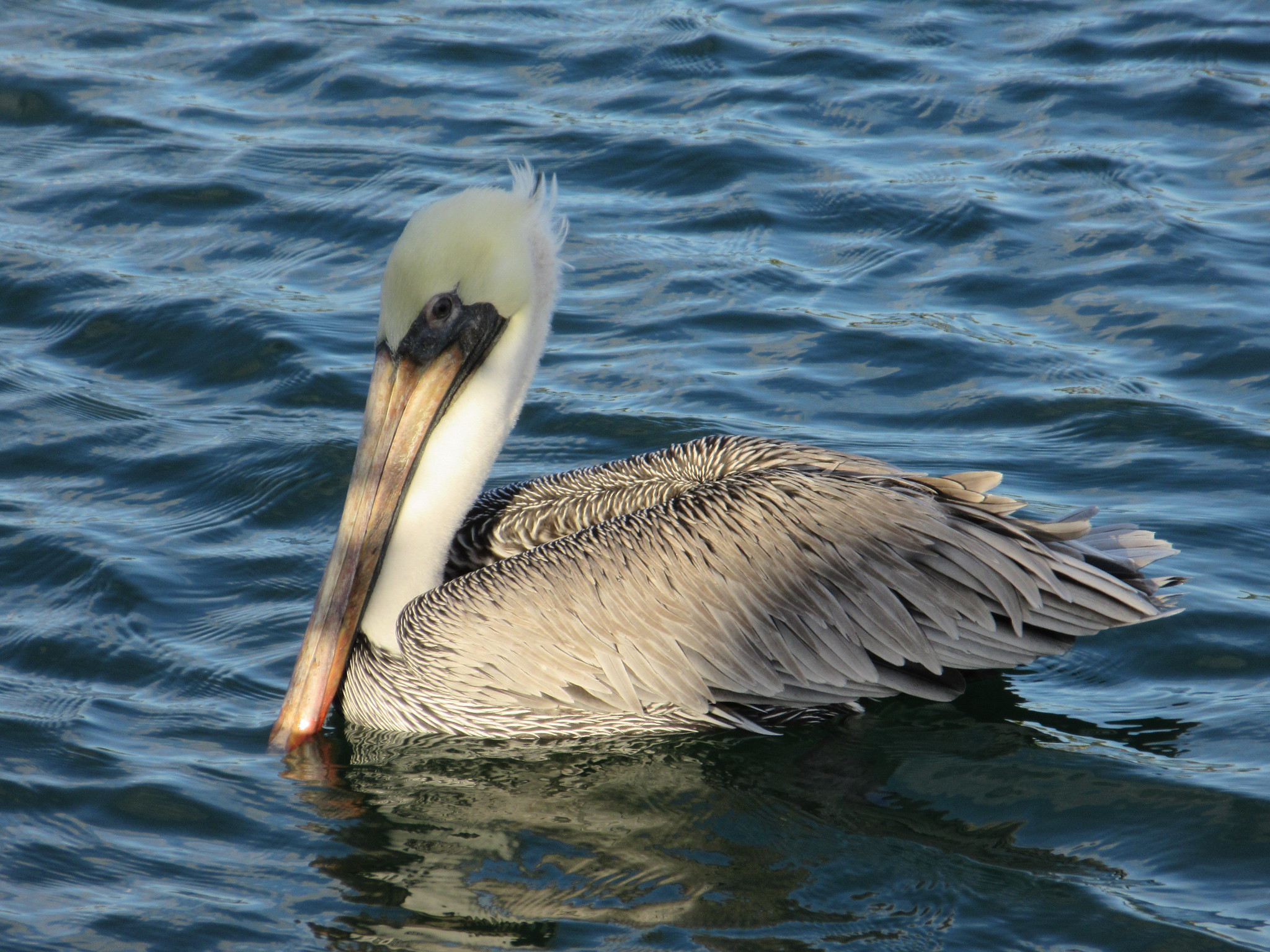
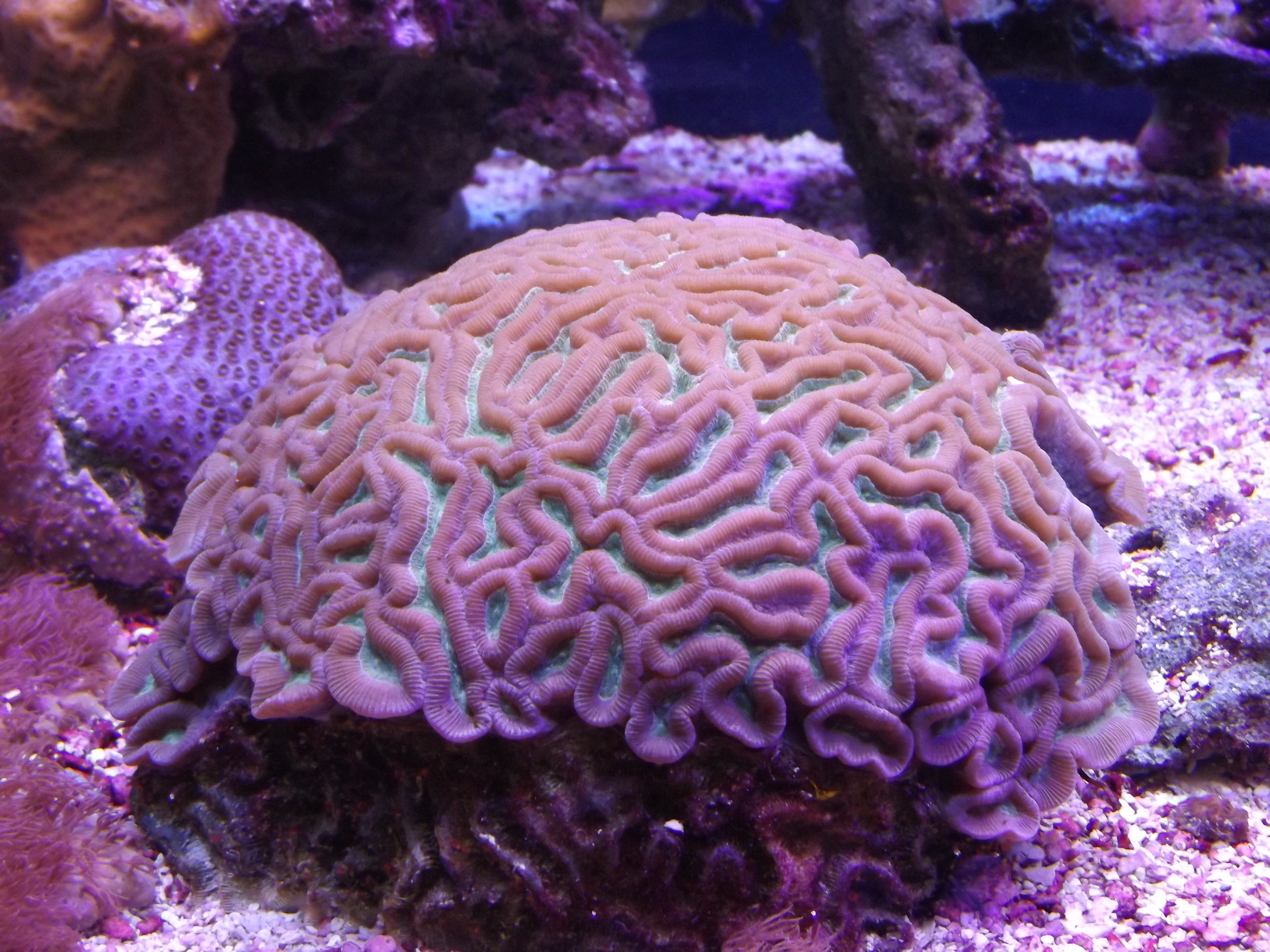

1 thought on “Road Trip to Key West”